The Subject of Evolution in Kindergarten
What children think about basic principles of evolution
by Isabell K. Adler
It is widely assumed that abstract scientific concepts are too complicated for young children and should therefore not even be addressed in early childhood education. However, by the time they start school, children already have a wide range of ideas on complex topics - such as the basic principles of evolution. My co-authors and I conducted interviews with kindergarten children to systematically describe these ideas.
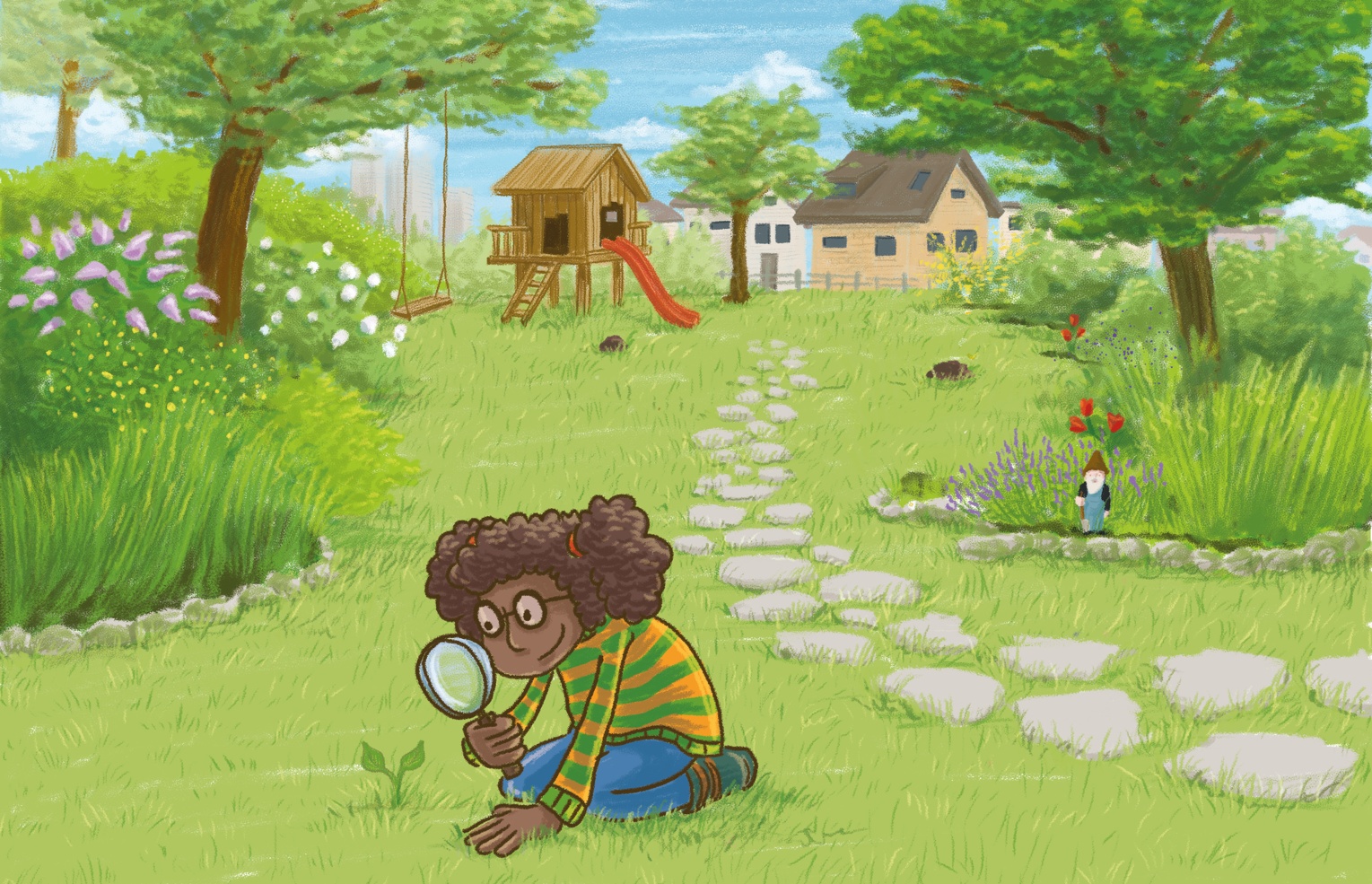
Many school children have difficulties understanding evolution. Research suggests intuitive but scientifically incorrect ideas are already formed in childhood. On the one hand, these ideas manifest themselves in the course of childhood and adolescence, making it more difficult to change them. On the other hand, it takes a lot of time for school children to really grasp the complex topic of evolution. Therefore, a growing research interest exists as to whether and how to successfully integrate the subject of evolution into early science lessons. This could foster scientific thinking and facilitate later learning about evolution at school.
Evolution can be roughly described in terms of three principles:
1. variation describes that individuals of a species are different.
2. inheritance describes how individuals of a species reproduce and pass on their characteristics.
3. Selection describes individuals' varying success in survival and reproduction due to the limited resources of, for example, food, water, or habitat. If a trait enhances an individual's chances of survival or reproduction, this leads to individuals with this trait living longer and having more offspring. These offspring are similar to their parents and also likely to have the trait that gives them an advantage. They are therefore also more likely to produce more offspring than individuals without the trait. Over the course of several generations, the frequency of this trait in the population increases. This can, for example, change the appearance of a species over time, as most individuals are descendants of those who had the advantageous trait.
Research in this area is primarily concerned with children's existing ideas: describing them, explaining how they relate to psychological structures, and testing how interventions (such as reading children's books) affect children's understanding. The ideas that children have about evolutionary principles have previously been researched in individual studies on specific aspects (such as the concept of inheritance or the origin of species). Previous studies, however, limited themselves to looking at individual aspects without taking a holistic approach. In addition, all published studies focus on children's ideas about animals, while there are no studies on children's ideas about plants.
Our aim was to obtain a comprehensive overview of children's ideas about the three principles of evolution – variation, inheritance, and selection – and to shed light on their ideas in the context of plants. To this end, we conducted interviews with kindergarten children aged five to six years to answer the following research questions: What ideas do children have about variation, inheritance, and selection? And what differences can be seen in their ideas depending on the context, i.e., depending on whether they are talking about animals or plants?
Talking to kindergarten children about evolution
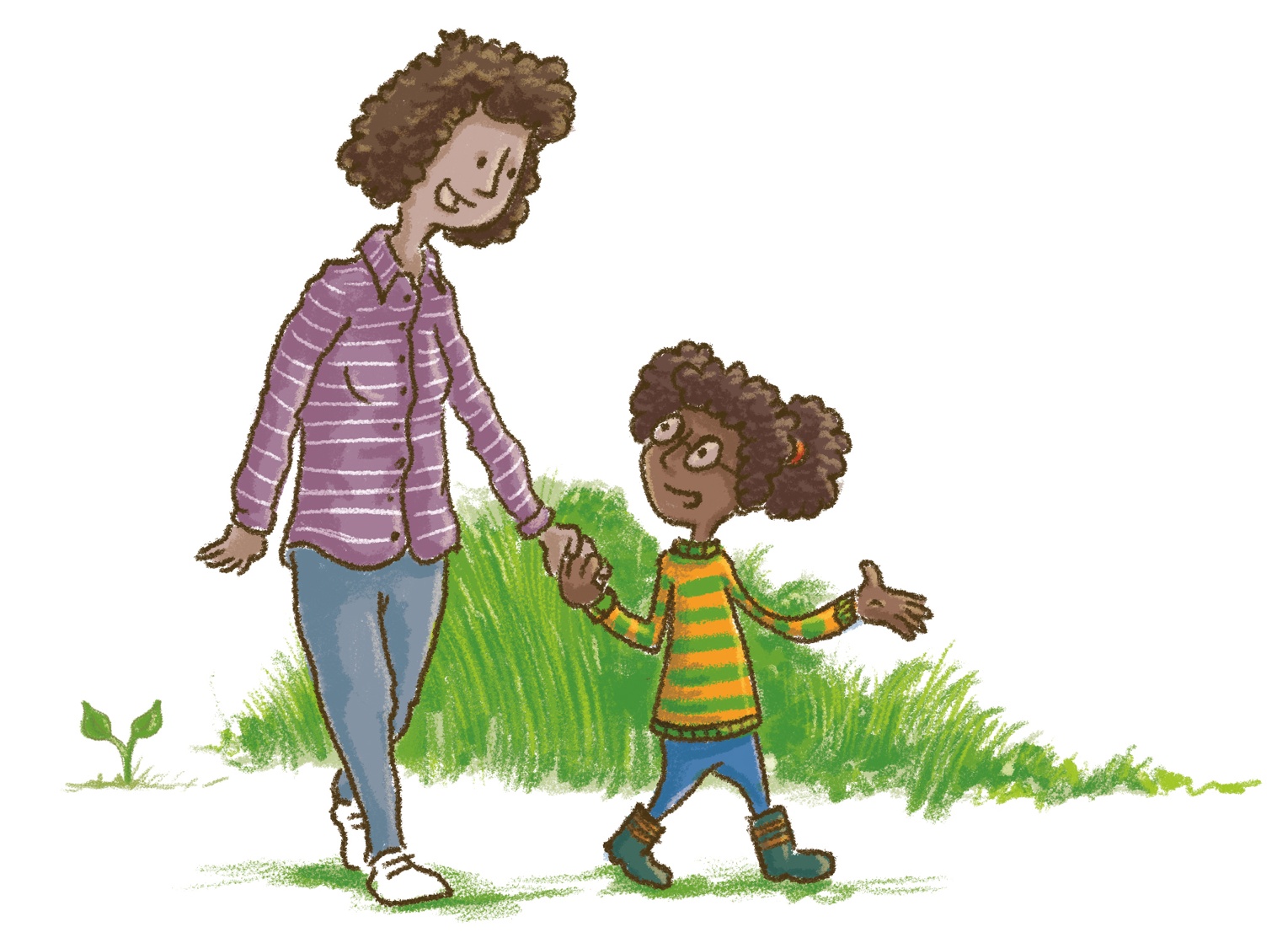
Conducting research with kindergarten children presents some difficulties, as they are not yet very knowledgeable and have difficulties understanding complex sentences or technical terms. In order to talk about a complex topic such as evolution, the topic must first be broken down to an understandable level. This can be achieved by putting the questions into a context that the children can understand.
Misunderstandings can sometimes arise so that the researchers have to ask more detailed questions. In the interview guide we developed, further follow-up questions were therefore prepared to ensure that the questions were understood by the children in the intended way.
Children and adults often have different ideas about animals and plants. A widespread belief is that plants are less alive than animals. This is mainly because we associate liveliness with movement and the movements of plants are more difficult to observe. In addition, most people have more knowledge about animals. This could be because biology lessons often use examples of animals and most non-fiction books and nature documentaries focus on animals. Another reason could be a lack of interest in plants.
Results
Results show that kindergarten children hold a variety of ideas about evolution essential for acquiring knowledge. For example, most children assume that species living today have not always existed on Earth, but emerged later in time. The majority of children base their assumptions on their knowledge of the dinosaur era, as they are aware that different animals and plants have existed at that time. A few children even had very advanced ideas and mentioned evolution as the cause of the emergence of new species. Unsurprisingly, however, most children still lack the knowledge to explain how these species came into existence.
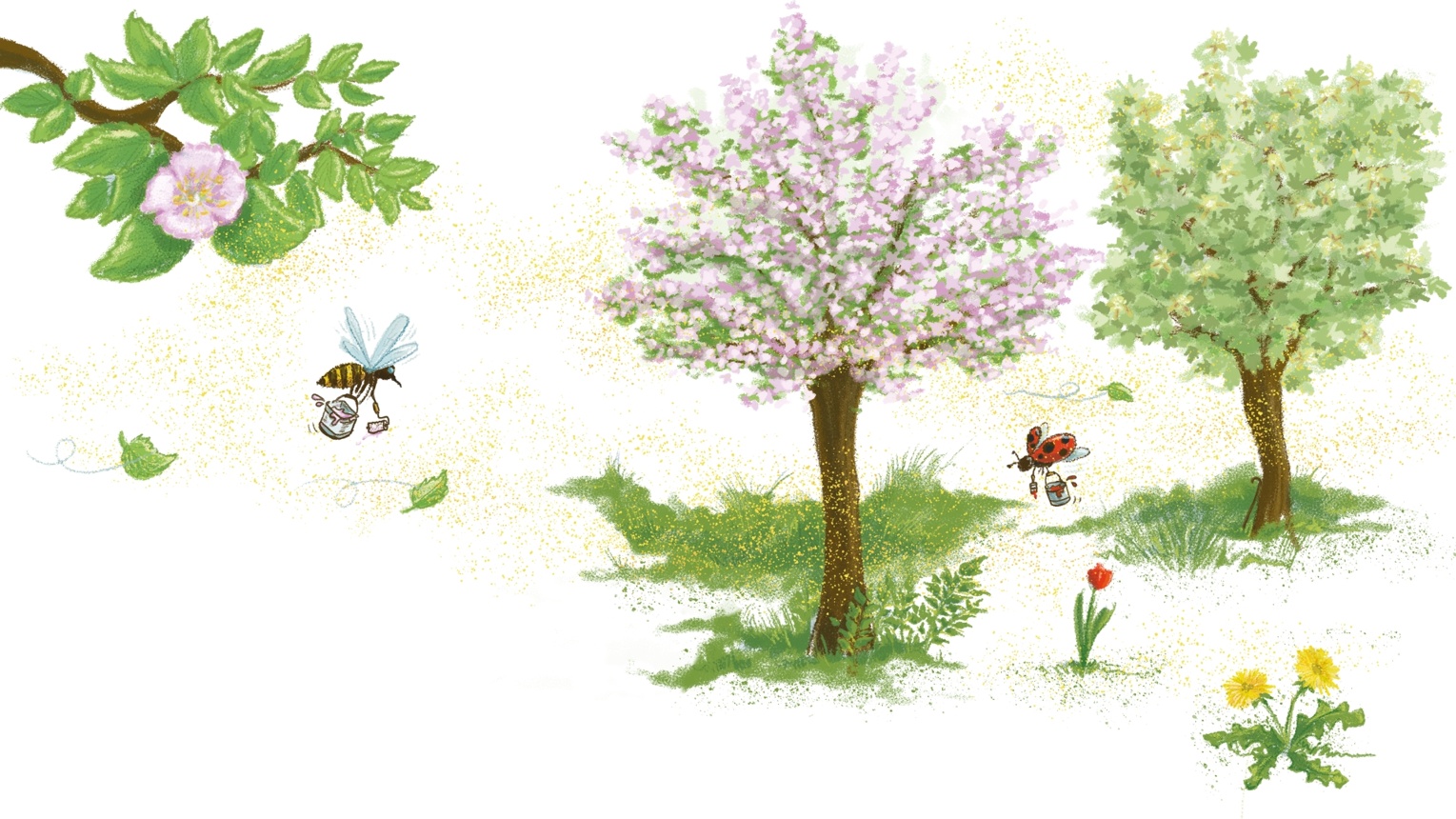
The most important results at a glance
- Most children showed a solid understanding of inner variation, but they still lacked knowledge of how within-species variation occurs. Instead of looking for the cause of these differences, for example, in the parents of the respective individuals (individuals look different because they have different parents), the children attributed the different appearance to factors such as age (e.g., “This tree could be older”), gender, or external influences (e.g., “The flowers could have been painted”).
Unexpectedly, with two exceptions, no significant differences were found between the examples of animals and plants:
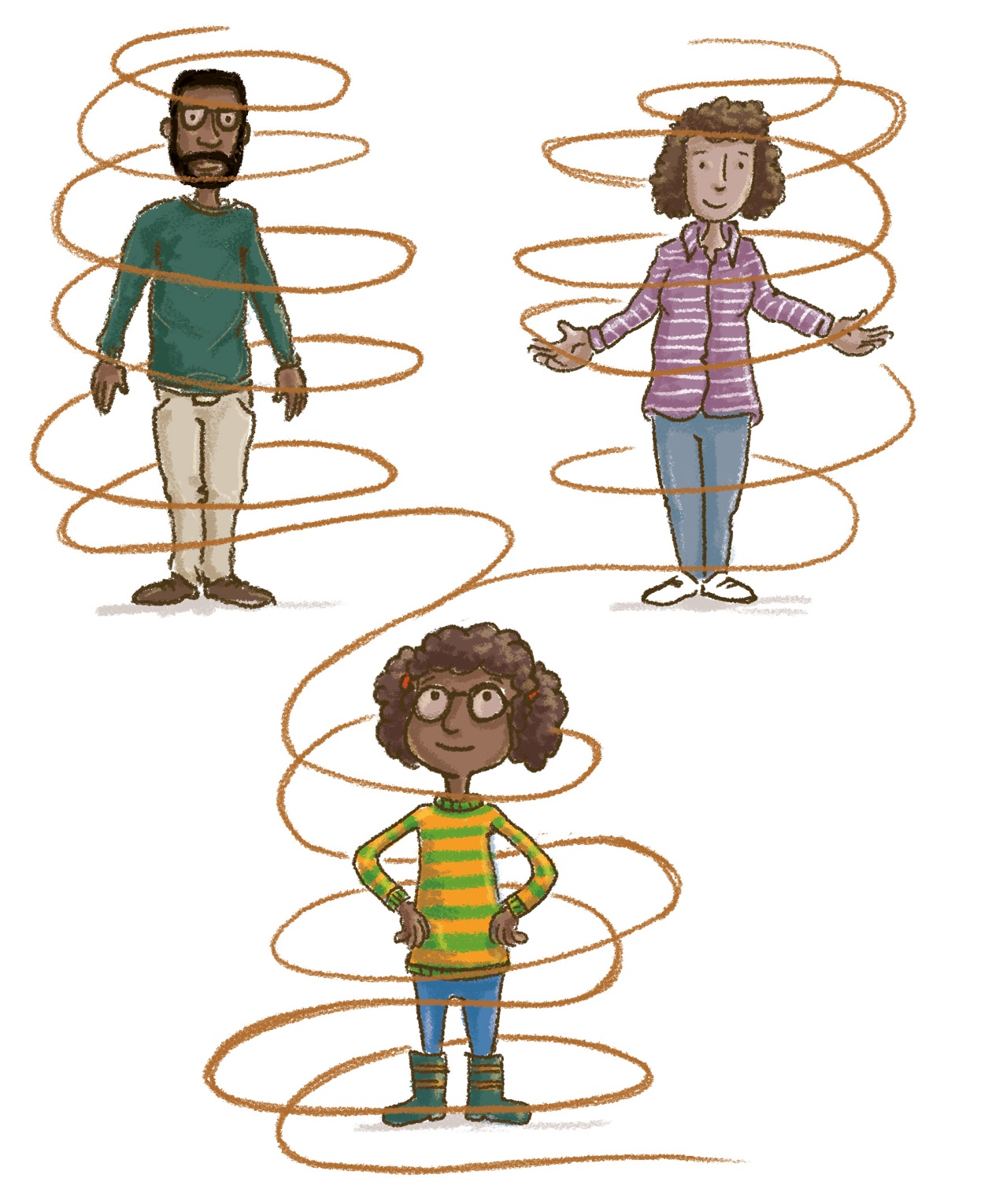
- Most children recognized that it takes two parents for an animal to be born. However, children assumed that plants would only reproduce 'asexually' (i.e., plants only have one parent) or 'abiologically' (e.g., seeds are produced in factories or bought in supermarkets). In reality, however, the plants we encounter in everyday life usually reproduce sexually, for example by the wind or animals carrying their pollen to other plants of the same species, which then produce seeds.
- The children surveyed frequently expressed the idea that plants are dependent on humans. Children often experience plants as being cultivated by humans, for example in the context of keeping houseplants, gardening, or possibly even growing fruit and vegetables in agriculture. This could be one reason why some children had the idea that animals were a product of nature, while plants were invented by humans. This could also explain the assumption that plants could not survive without humans, as they would need to be watered regularly. The children interviewed also often assumed that plants only grow where humans have previously planted their seeds. In nature, seeds are mainly spread by wind or animals. Plants therefore do not need people.
Literature:
Adler, I. K., Fiedler, D., & Harms, U. (2024).
About birds and bees, snails and trees: Children's ideas on animal and plant evolution. Science Education, 108(5), 1356–1391. https://doi.org/10.1002/sce.21873
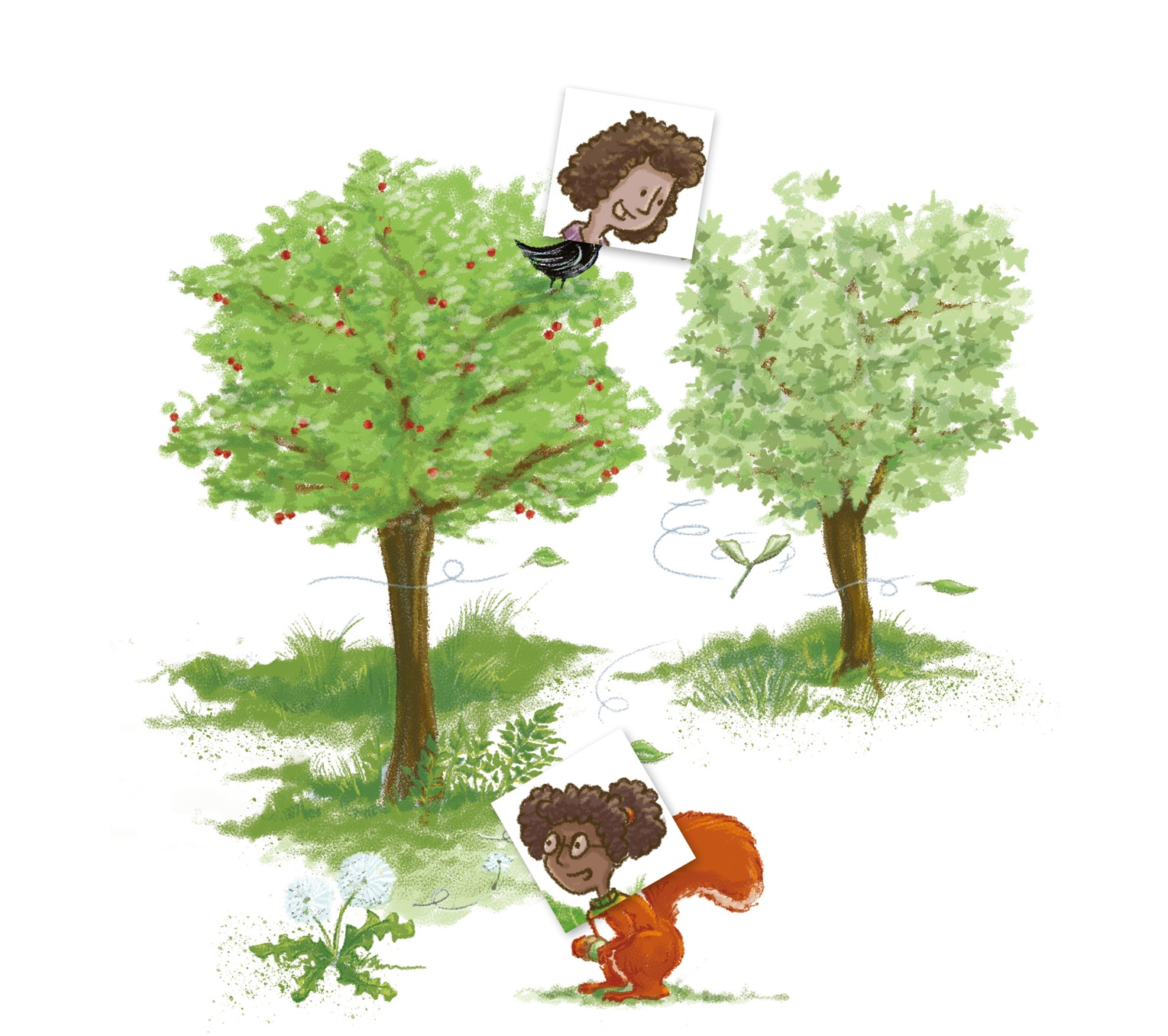
Conclusion
Already at kindergarten age, children have initial ideas about evolutionary principles. Learning opportunities, such as children's books, educational videos, nature experiences, or experiments, should try to build on these existing ideas. Topics such as inheritance and the reproduction of plants could be promising starting points to broaden children's ideas about basic evolutionary concepts. Results of the study presented here also suggest that children exhibit a similar level of knowledge about animals and plants. The lack of opportunities to learn about plants could, however, lead to an unbalanced knowledge over time and reinforce misunderstandings. Attention should also be paid to making plants visible not only in the context of artificial cultivation, but also by underpinning the image of plants as naturally occurring creatures through children's books or nature experiences. A children's book was therefore designed following the study presented here, in which variation, reproduction, and inheritance are explained using plants.
About the author:

Dr. Isabell K. Adler completed her doctorate in 2023 in the Department of Biology Education at the IPN and now works as a PostDoc at the Bern University of Teacher Education.









